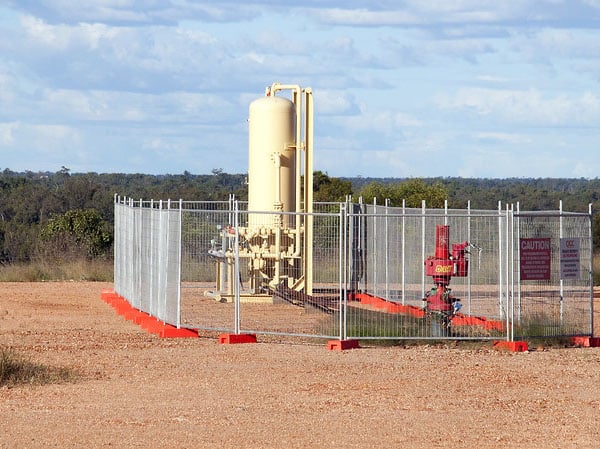To establish the flow of fluid in the ground the key parameters that are sought are the permeability and the storage characteristics of the material. These have different names and units depending on the industry involved. Flow is down a potential (pressure and level terms) gradient. The gradient must usually be measured by the use of pressure sensors set within the zones of interest.
Single borehole tests can only be used to measure an average permeability without direction. They can enable the determination of the static fluid pressure in the ground and, if analysed correctly, will provide information on the size of the zone being tested, the mean effective radius of investigation and the changes to permeability near the well bore. They are therefore very useful tests. They do not provide information on fluid storage behaviour.
While it is theoretically possible to derive permeability from any combination of flow and pressure measurement this is practically not the case. This is because the ground around the borehole is affected in some way by the presence of the hole. This change may be brought about by different drilling from reservoir fluids, but the plugging of pore space and fractures by clays released in drilling or by the stress concentration associated with the presence of the hole causing fractures to close. These effects maybe termed well bore damage and identified inadequately by the numerical value of Skin. In some cases, it is possible that the permeability around the hole is enhanced, especially where deliberate attempt has been made to develop the well or in petroleum terms to stimulate it. Sigra has developed techniques that either produce or inject fluid into the ground and then measure the pressure recovery following this when flow as ceased. This enables the separation of well bore terms from the general permeability of the zone being tested.
To be able to derive information on directional permeability and fluid storage behaviour, it is necessary to both have production or injection from a borehole and to measure pressure changes in an adjacent one. Theoretically three pressure measurement locations surrounding a pumping or producing well are required to resolve the major and minor permeabilities and the directions of anisotropy. Frequently inhomogeneity in the ground is often more important than anisotropy and measuring this is more important than measuring directional permeability. Sigra have developed a variant of progressive pulse testing to determine directional permeability and storage.
Where multiple phases exist and the PVT behaviour of the reservoir fluid is complex then storage determination frequently has to be determined by geophysical (petrophysical) relationships and core testing. In the case of rocks containing organic material such as coal and some shales the storage is primarily determined by the sorption behaviour.

















